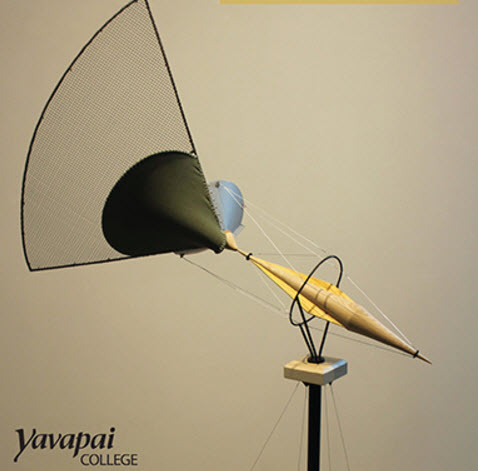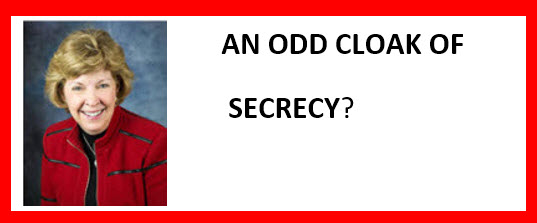Overall, it appears the College had $10,579,719 more to spend in 2017-18 that it did in 2008-09 and an overall student body taking accredited courses that had shrunk by almost 30%.
 The fiscal year for the College ended June 30, 2017. This is the detailed information given the Governing Board about its financial and enrollment situation when it ended the fiscal year in June 2017. It is worth reviewing as we close out the calendar year 2017.
The fiscal year for the College ended June 30, 2017. This is the detailed information given the Governing Board about its financial and enrollment situation when it ended the fiscal year in June 2017. It is worth reviewing as we close out the calendar year 2017.
-
The College estimated in May it will lose an estimated $330,000 in 2017-18 state aid because of the decline in the number of students taking accredited classes. This estimate should change because student enrollment has leveled off.
-
The aviation program, which has already lost more than a million dollars in tuition and fees over the past two years, will lose another $160,000 in 2017-18 because of the continuing decline in enrollment in that particular program. So far, there is no indication this estimate will change.
-
County property taxes will not be increased in 2017. 2017 is the second year in a row the Governing Board has not increased the tax rate. Recall that a majority vote of three on this Board can increase the tax rate on the property taxes of Yavapai County voters. (And there is no oversight and no appeal.)
-
Tuition was increased for 2017-18 by about 5%. This is far above local inflation. The Governing Board has increased tuition in some form every year over the last decade. The tuition increases have far outpaced inflation every year.
-
What is called the County “new-construction tax” will bring in about $680,000 in additional revenue to the College in 2017-18.
-
When comparing student headcount from 2008-09 to 2015-16 (the last formal report from the College) there are 3,894 fewer students taking credit courses (14,139 vs. 10,245). This is a drop of 27.5% in student enrollment. The decline continued in 2016-17. While the Governing Board received a prediction in May 2017 that enrollment would decline by 4% in 2017-18, it actually increased slightly.
-
When comparing student tuition and fees 2008-09 to 2017-18 the College will be collecting $4,678,500 more in tuition and fees in 2017-18 than it did almost a decade ago despite the huge drop in student enrollment. ($6,927,300 vs. $11,605,800).
-
When comparing primary property tax revenue from 2008-09 to 2017-18 the College will be collecting $8,683,119 more in property taxes in 2017-18 that it did in 2008-09 ($35,227,381 vs. $43,910,500). Almost all of the increase is used to support capital expenditures. Traditionally, the College had to persuade voters to approve a General Obligation Bond before revenue was expended for capital improvements. The Bond was repaid by assessing a County-wide secondary property tax. The College now uses primary tax revenue, which was once intended primarily for programs and staff salaries, for capital projects. This keeps County citizens from asking questions about the projects; the process also gives the Administration almost total discretion to build and renovate whatever it desires without justifying the project to the citizens (and the expenditure of their tax money) or explaining the overall efficacy of the project to them.
-
Note that in 2008-09 state aid accounted for $4,761,000 in revenue coming to the College. It is estimated that in 2017-18 the College will receive about $1,979,100 from the state of Arizona in total support. That is a difference of $2,781,900.
-
Overall, it appears that College will have $10,579,719 more in revenue to spend in 2017-18 that it did in 2008-09 and a student body taking accredited courses that has shrunk by almost 30% (using headcount) over the past decade.




 Citizens argued that the unnecessary expenditure and unnecessary enclosure will “irrevocably destroy the architecture of the building.”
Citizens argued that the unnecessary expenditure and unnecessary enclosure will “irrevocably destroy the architecture of the building.”  The Blog suspects that they either did little or no research before they jointly authored the editorial or were intentionally provided misleading information by a source they thought they could trust. Either way, the editorial was incredibly inaccurate.
The Blog suspects that they either did little or no research before they jointly authored the editorial or were intentionally provided misleading information by a source they thought they could trust. Either way, the editorial was incredibly inaccurate.